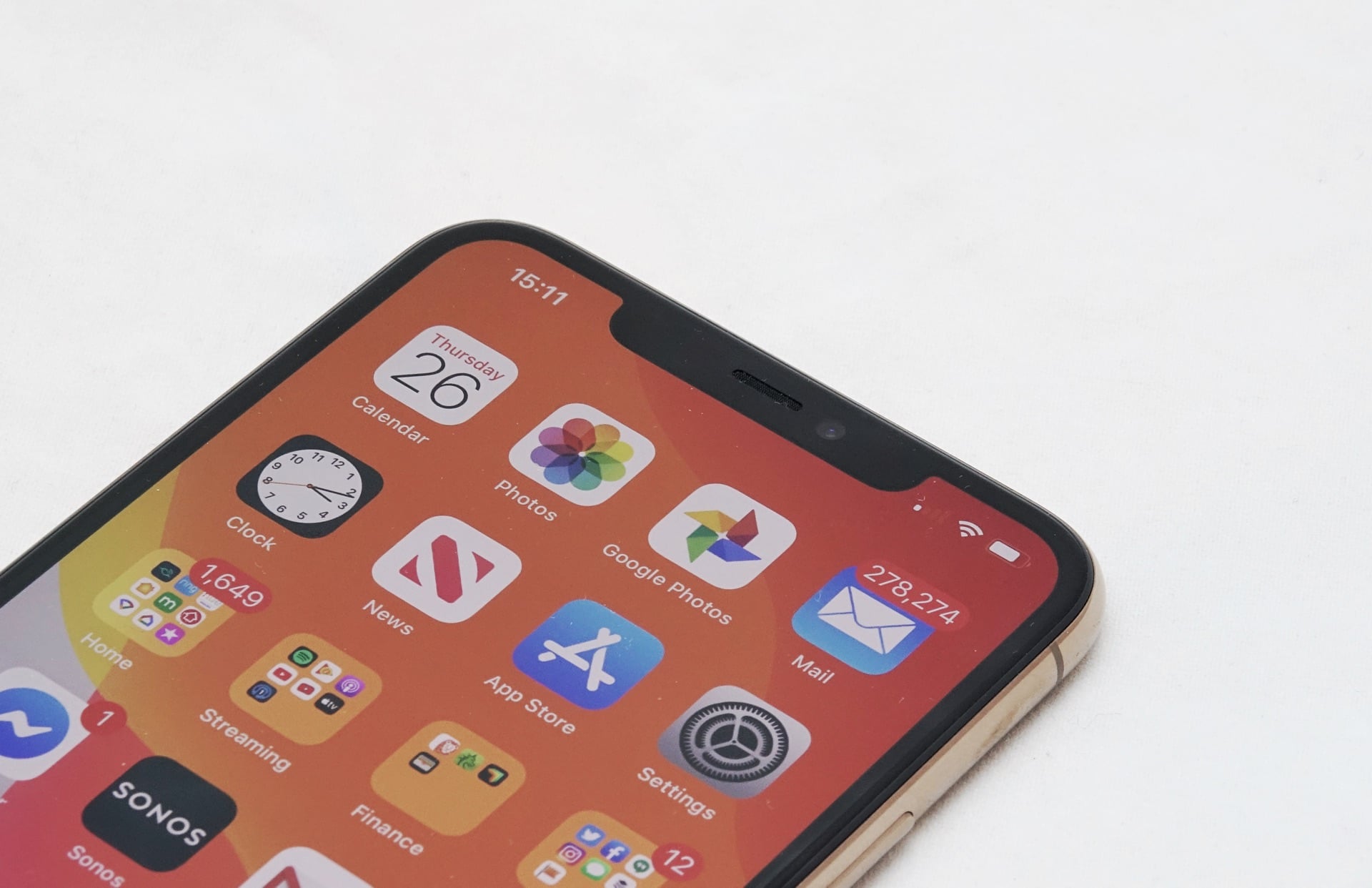Does a bigger phone mean a bigger battery? We’ll review the iPhone 11 Pro Max and tell you, plus look at its competitors, and tell you why big phones achieve their battery brilliance. All in five minutes.
Transcript
For the last week of September 2019, you’re tuned into The Wrap, Australia’s fastest technology roundup, and if you’re listening on a phone, you might be wondering just how much battery life listening to this podcast will relieve you of.
It’s not an unreasonable question, because there’s only so much battery life a phone can give you, and everything makes a dent on it. You look at the phone to check an email, and the battery drops. You take a call or listen to music, it drops. You take plenty of pictures and check them out on that screen, you better believe it’s going to drop.
You only have so much battery life before you plug it back in, and you can’t always do that, so what’s your choice?
You might want to look at a phone with a big screen, because while they can get a wee bit unwieldy, they tend to offer bigger batteries, thanks to the size of the overall device.
Larger devices with 6 inch screens and higher typically throw in bigger batteries, and that can mean more battery life, though there’s more at stake than that. A big phone doesn’t always mean a huge battery life, even though you can definitely expect it, because companies do a lot of balancing.
High-end big phones like the Galaxy Note 10 Plus offer a positively massive screen and comparative battery, yet fetch a little over a day, while the Huawei Mate 20 Pro achieves closer to two. How do they do this? Well, it’s all a balancing act.
By working out what you need more, companies can make their batteries more capable. For instance, some companies will go to great lengths to tweak the operating system of the phone, while others will make the battery bigger to compensate.
In fact, once you go for a phone measuring 6 inches or higher, you start seeing battery sizes of 4000 milliamps, which can be more than enough for up to two days.
The kicker becomes how you use your phone.
If you take a lot of phone calls, regardless of what you have, you can probably expect to charge it nightly. The same is true if you use the camera a lot, or play games. There are features that will just drain a battery, like the screen, the camera, or processing needed for games and big apps.
But a big battery can help, and it’s why people turn to big phones.
Some of the bigger phones include the Samsung Galaxy S10+ and Note10+, phones that deliver big screens and feature sets, but yet only typically achieve a day of life. Huawei’s Mate 20 Pro and P30 Pro can hit closer to two, but do so with a different take on Android, while other devices like the Google Pixel range net closer to a day and a half.
And then there’s the iPhone, more specifically the brand new iPhone 11 Pro Max, which sports a new screen optimised for battery life, an increased battery size, as well as some AI smarts meant to work out your battery needs for you.
There’s also a new chip under the hood, the Apple A13 Bionic, which includes a boost in performance, and an upgrade from two cameras to three.
On the whole, it’s a very similar phone to the iPhone XS Max that came before it, even sporting almost the same look. The glass on the back is different and more resistant to drops, and easier to grip, as well. But if you have last year’s XS Max, you may not care so much about the new phone, except for the cameras and extra battery.
On the battery side of things, we found roughly a day and a half of battery life, which is pretty much close to what we saw last year, though the iPhone XR last year offered the best battery life, suggestive that the iPhone 11 this year will win on the battery side of things.
At the camera level, however, Apple has made some improvements, adding an ultra-wide camera to give you more ways to frame up a shot, while upgrading the portrait mode and low-light capabilities.
The iPhone 11 Pro Max now handles low light much better than its XS sibling did, meaning you can get shots in the dark quite well, though Huawei’s P30 Pro still has the edge.
Apple’s improvements are definitely noticeable, though, and while a little heavy, the whole phone comes together nicely, delivering a truly premium experience.
There’s one catch, though, and that’s the price.
Starting at $1899, the Apple iPhone 11 Pro Max is not a cheap phone. Not by a long shot. It’s expensive, but very good. And that makes the decision more difficult, especially if getting you among the best costs as much as it does.
Mind you, the year’s not over yet, and there’s still a new Pixel on the way, plus whatever else the year ends with. Keep that in mind if you grab a big new phone now, because there could be a better big phone around the corner, maybe even next time on The Wrap, Australia’s fastest technology roundup.
A new episode of this show can be found every Friday on Podcast One, Spotify, and Apple Podcasts. Until then, have a great week. We’ll see you next time on The Wrap. Take care.





